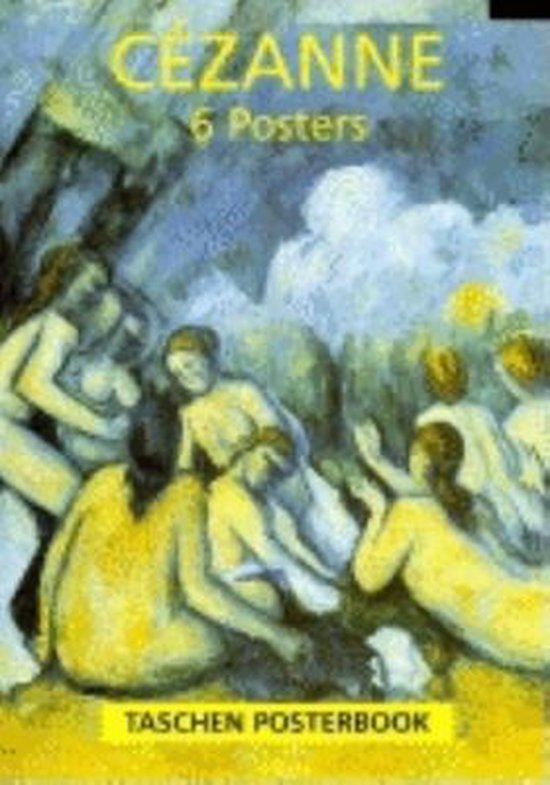
Cezanne
A revolutionary approach to spatial and visual values Paul Cezanne was one of the great loners in art. His whole life long he remained financially dependent on his father, a banker. Rejected by the Ecole des Beaux-Arts in Paris, and largely self-taught, he was associated with the impressionists for a while. However, Cezanne was out to eliminate elements of chance and create something enduring that depended not only on visual impressions but on the responses of all the senses. His work met with derision from his contemporaries and critics alike. He painted still-lifes and landscapes, portraits and bathers, and evolved a revolutionary approach to spatial and visual values that influenced the Modernist painters who followed, particularly the Cubists. Hajo Duchting's monograph analyses the phases the Father of Modernism went through in terms of Cezanne's subjects and style. Its wealth of colour illustrations makes this the most sumptuous book on Cezanne yet published.
| Auteur | | Hajo Düchting |
| Taal | | Engels |
| Type | | Hardcover |
| Categorie | | Kunst & Fotografie |





